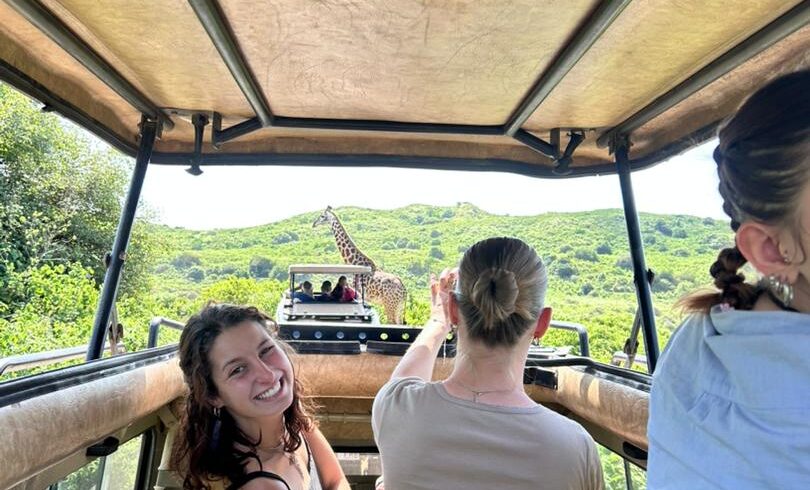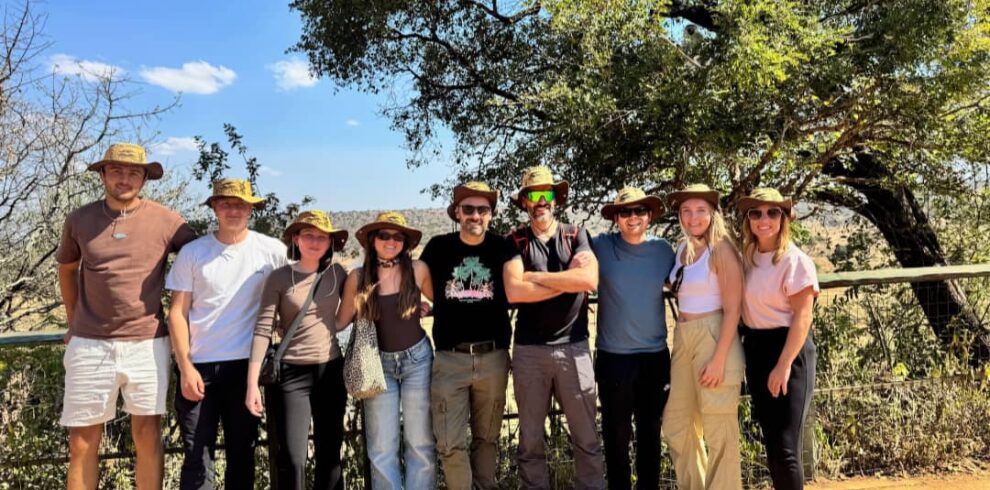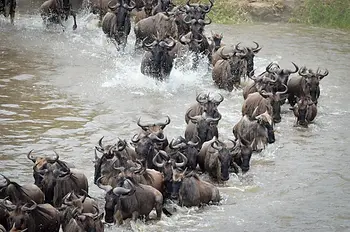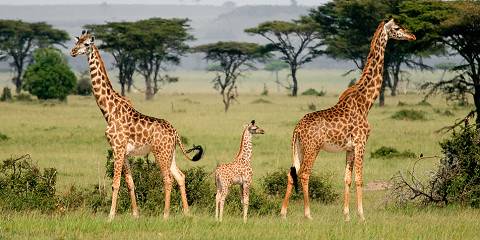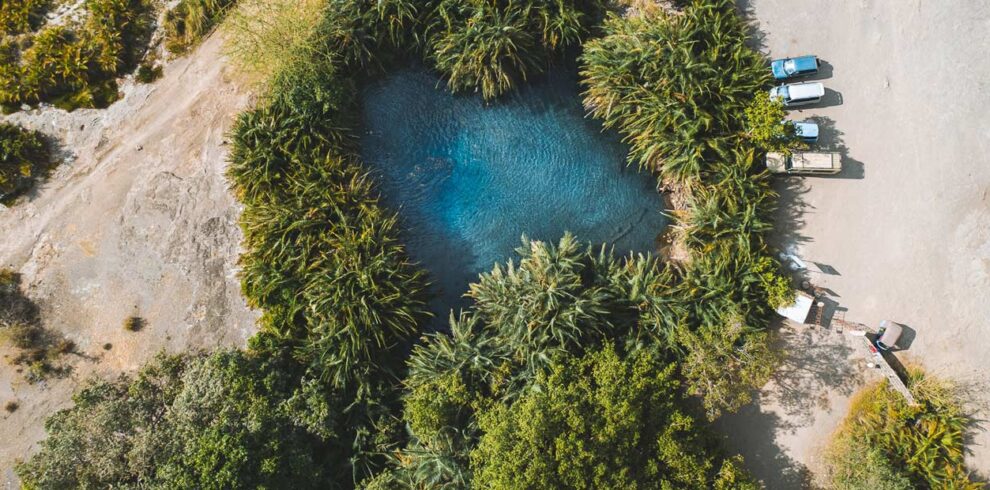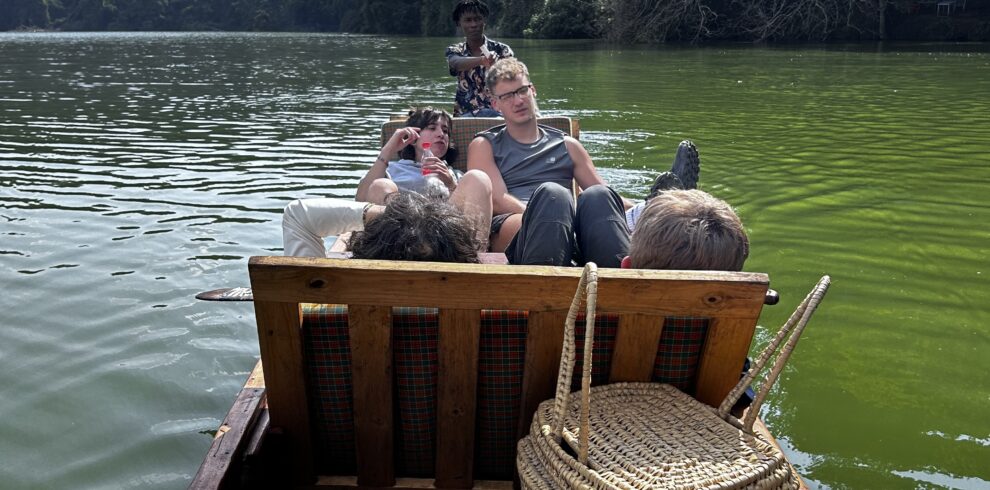Overview of Arusha
Tarangire National Park is most famous for its dense population of elephants. These imposing animals are present in large numbers throughout the year, but are most abundant in the Dry season, particularly from July to November. This is also when zebra, wildebeest and other wildlife in the greater Tarangire migratory ecosystem converge on the park and its namesake river, which forms the only source of drinking water for miles around.
Want to go on Safari?
Catch one our safari ideas below….
3 Day Serengeti and ngorongoro lodging Safari
4 Day Tarangire Serengeti Ngorongoro lodging tour
4 Day Group Tour to Tarangire, Serengeti & Ngorongoro
3 Day Serengeti Wildebeest Calving and Ngorongoro Crater
7 Days Tanzania mobile camping Safari
Pros & Cons
- Incredible year-round elephant concentrations
- Great general wildlife viewing in the Dry season
- Excellent birding with many dry-country specials
- Stunning scenery with big baobab trees
- Excellent mid-range and luxury lodges
- It gets crowded during high season (June to October)
- Animals are scattered in the Wet season
Wildlife
In the Dry season, herds of up to 300 elephants can be seen digging for underground streams in the dry riverbeds, while migratory wildebeest, zebra, buffalo, impala, gazelle, Coke’s hartebeest and eland crowd the shrinking lagoons. Of the big cats, only lion is regularly spotted. There are lots of smaller predators too, such as black-backed jackal and bat-eared fox. Abandoned termite mounds often house dwarf mongoose colonies.
Scenery
The park’s main feature is the Tarangire River. Although it gets very dry, the landscape is thickly vegetated with acacia shrubs and mixed woodland. Most memorable are the huge baobab trees dotted around in big numbers. The south of Tarangire is dominated by a vast seasonal swamp network.
Activities
Game drives in Tarangire are highly rewarding throughout the day in the Dry season. Early morning and late afternoon are best for spotting predators, but during the midday heat you’ll see big elephant herds drinking. You’ll get a very different experience on a night drive when you’ll look for nocturnal animals by spotlight. The best way to get a true connection to the wilderness, though, is on foot on a walking safari. An armed ranger will keep you safe on this exciting activity.
Weather & Climate
Tarangire’s Wet season runs from November to May. November to December is usually the time of the short rains, while the long rains see heavier rainfall from March to May. In between, in January and February, is a brief period of drier weather. June to October is the Dry season.
Best Time To Visit
Tarangire is a seasonal park with lots of wildlife between July and November. At this time animals are attracted to the Tarangire River, the main source of drinking water. Pack plenty of warm clothes for early morning game drives at this time of year, as it’s cold when the sun is low in the sky.
